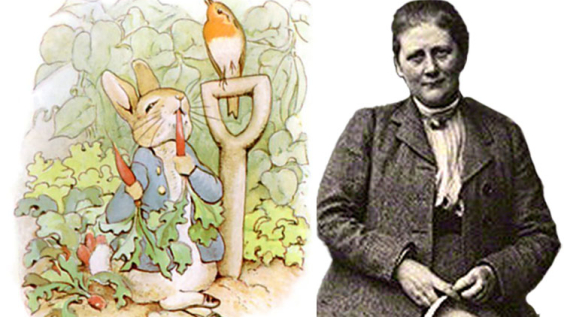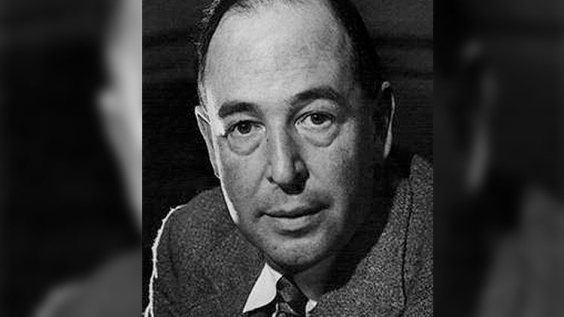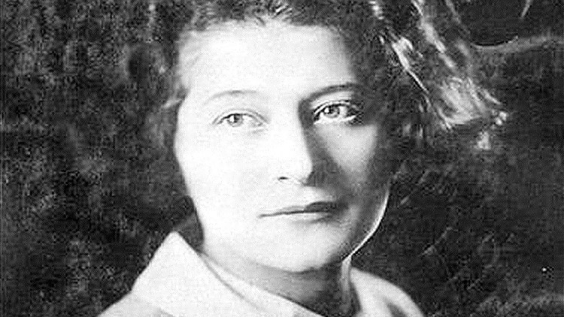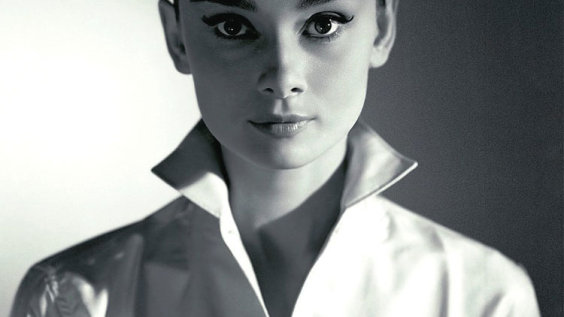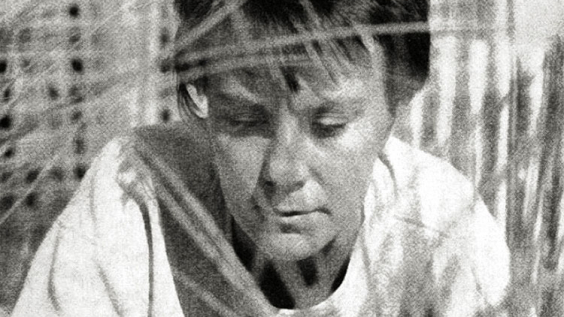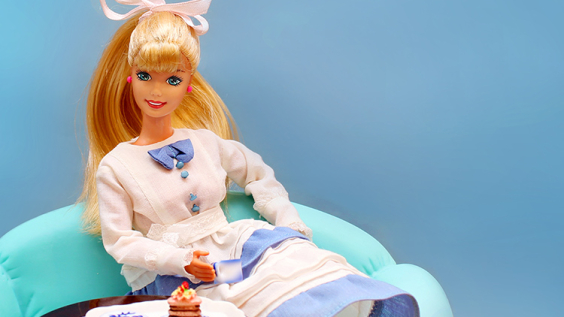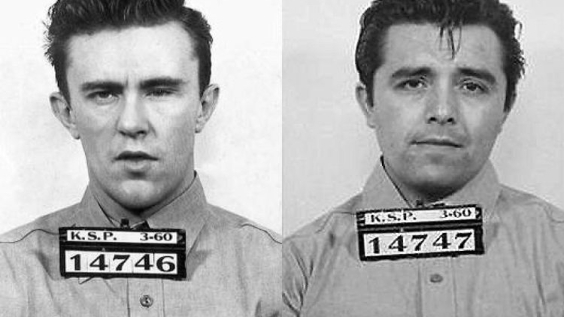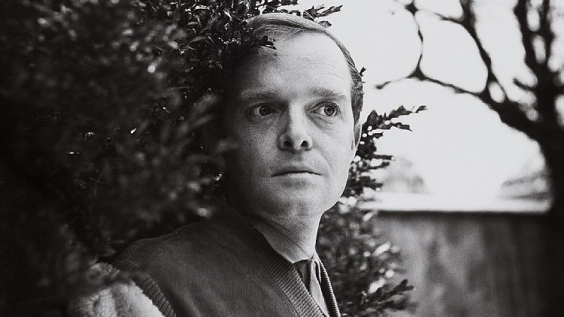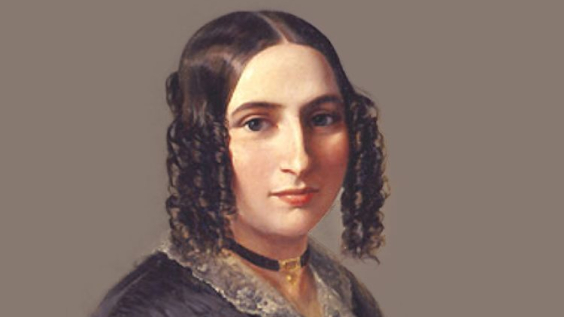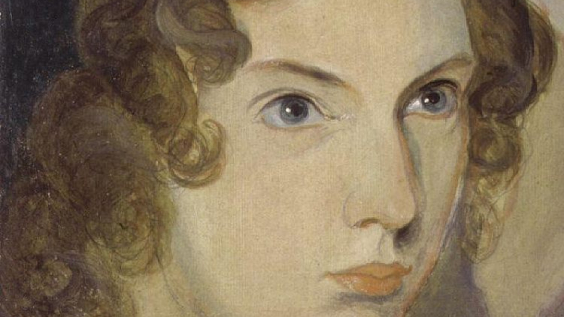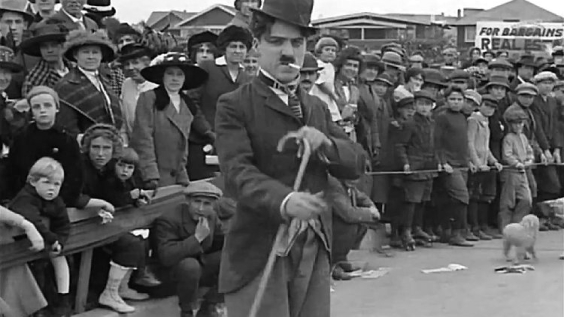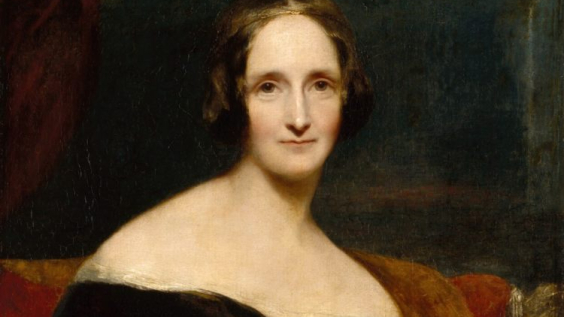
In 1537, Hans Holbein the Younger painted a vast mural of the Tudor dynasty. It depicted King Henry VIII, his father Henry VII and each of their wives: Jane Seymour and Elizabeth of York.
The mural was part of a wider decorative scheme in Whitehall Palace, a warren of residences covering 23 acres which had been seized after the downfall of Cardinal Wolsey in 1529.
The Whitehall Mural, as it came to be known, was commissioned at some point during Henry’s brief marriage to his third wife, Jane Seymour, which lasted from 30 May 1536 to 24 October 1537. The mural may have been commissioned to celebrate their marriage, or perhaps to pre-empt the birth of what was hoped to be a long-awaited male heir. Jane did indeed give birth to a son (the future Edward VI) in 1537 but died of postnatal complications less than two weeks later.
The mural was a well-known image throughout the 17th century, for Whitehall Palace was the main residence of the English monarchs from 1530 until 1698, when it was destroyed by a fire on 4 January. Many great works of art were lost, including Holbein’s famous mural, Gian Lorenzo Bernini’s marble portrait bust of King Charles I and Michelangelo’s sculpture of Cupid.
An image of majesty
Luckily, many copies were made of Holbein’s masterpiece – many cropped in on the figure of King Henry to create an individual portrait.
These copies have provided us with the iconic image of Henry VIII – a man with a thick, pale face, small piercing deep black eyes, and an impeccably trimmed beard. There are none of the traditional symbols of royalty here – no sword, crown nor sceptre. But the king’s majesty is conveyed in his aggressive, almost confrontational stance, with a broad chest and feet placed apart and firmly anchored to the ground. A dagger swings from his waist. This is not just the image of a king, but a warrior.

Portrait of Hans Holbein the Younger
Image Credit: Public Domain, via Wikimedia Commons
This image of power is cemented by his clothing of extraordinary opulence. Henry is adorned with thick, heavy layers of fabric, marked by every kind of ornament and jewellery. Holbein’s original painting was embellished with gold leaf, which would have glistened and flickered in the original candlelit setting. His large codpiece and heavily padded shoulders also enhance this image of aggressive masculinity and virility – a message the king was keen to convey in light of his lack of male heir.
Propaganda through paint
Of course, this is probably not a realistic depiction of the king. Many art historians perceive it more as a piece of propaganda. Surviving sets of Henry’s armour indicate that his legs were far shorter than the painting suggests, so Holbein must have augmented his size to convey a greater sense of power. The image also shows Henry as a young man in good health. However, in reality, he was in his forties and had been injured earlier that year in a tiltyard accident.
The copies made of the painting were by students of Holbein’s studio and other artists who gained permission from the king. It’s likely that Henry would have been happy to allow this as it would spread his image of power across the kingdom. They were also distributed throughout Europe as gifts to the ambassadors.
Another version of this image which survives is a full-size cartoon which Holbein created in preparation for the mural. It would have been used to make an outline of the design on the wall, by pricking holes along the main lines and pushing powdered soot through the gaps. It is in the collection of the National Portrait Gallery and shows only Henry VIII and his father. Henry’s stance is different from the final version: originally Holbein had him standing in a more traditional three-quarters view rather than the final and iconic front facing position.

This is the only remaining section of a preparatory drawing Holbein made for a mural at the Palace of Whitehall that included life-sized portraits of Henry VIII, Jane Seymour, Henry VII, and Elizabeth of York (left)
Image Credit: Public domain, via Wikimedia Commons
Holbein’s masterpiece
Hans Holbein the Younger was perhaps the most accomplished portraitist of the 16th century. He was born in Augsburg in southern Germany but spent two periods of his life in England: 1526-1528 and 1532-1543. During his second trip to England, he painted numerous portraits of the members of Henry VIII’s court, producing paintings such as The Ambassadors, a portrait of Christina of Denmark (both in the National Gallery collection), and this mural for the royal palace.
 Watch Now
Watch NowIt is no surprise that Holbein was in such demand in the Tudor court. The surviving versions of his Whitehall mural confirm he was a master of rendering objects with meticulous detail, manipulating paint and working with a variety of textures. The result is masterful.



